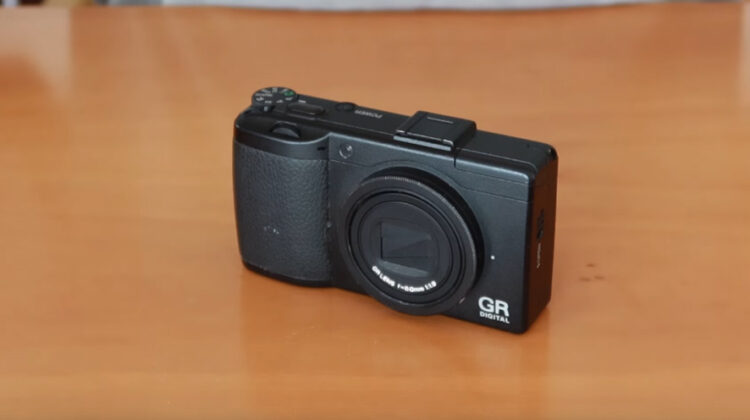
Ricoh GR Digital III Still Got It
There’s something about old cameras that keeps pulling me back. Maybe it’s the simplicity, or maybe it’s the way they force you to slow down and pay attention. The Ricoh GR Digital III is one of those cameras. It came out back in 2009, but even now, it feels like a camera that knows exactly what it wants to be.
GR III vs GRD III vs GR Digital III. What’s the difference?
If you’re new to Ricoh’s cameras, the names can be a mess. GR III, GRD III, GR Digital III… they sound almost the same but mean very different things. Here’s what’s going on.
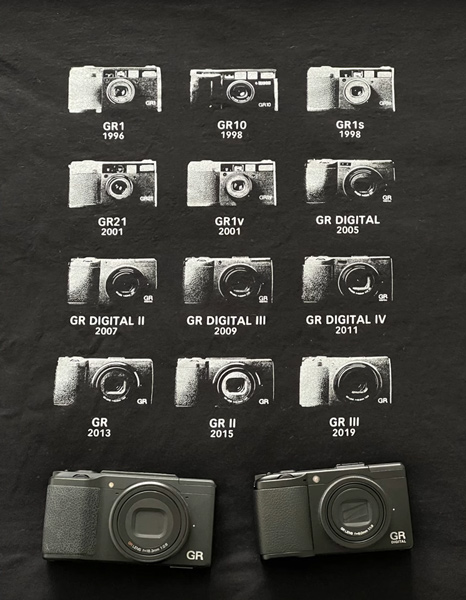
GR Digital III (also called GRD III for short) came out in 2009. It has a small 1/1.7” sensor, 10 megapixels, and a fixed 28mm f/1.9 lens. This is the one I’ve been talking about in this post. It’s a small camera with simple controls and a pretty nice lens for its size.
GR III, without the “Digital” or “D,” came out ten years later in 2019. It’s a very different camera. It has a much larger APS-C sensor, 24 megapixels, and a newer 28mm f/2.8 lens. It also has things like image stabilization and faster processing. Basically, it’s a modern camera in a similar body shape.
So when you see cheaper listings for the GR III on eBay or elsewhere, double-check—those are probably actually the GRD III, not the newer one. The price difference makes sense once you know what you’re looking at.
Here’s a quick comparison:
| Camera | Released | Sensor Size | Megapixels | Lens | Price |
|---|---|---|---|---|---|
| GR Digital III / GRD III (Discontinued) | 2009 | 1/1.7″ CCD | 10 MP | 28mm f/1.9 | ~$150–$350 (Used) |
| GR III | 2019 | APS-C CMOS | 24 MP | 28mm f/2.8 | ~$900–$1100 (New) |
So yeah, same brand, same lens focal length, same general shape, but very different cameras under the hood.
Ricoh GR Digital III: Handling and Feel
The first thing you notice about the GRD III is how good it feels in the hand. It’s solid without being heavy, magnesium alloy body, just the right size. It fits in your pocket easily, especially if you wear jeans. There’s no nonsense here.
Buttons are where they should be. You get a proper front dial, a jog wheel on the back, and dedicated buttons for the important stuff. It doesn’t try to impress you with design tricks, it just works.
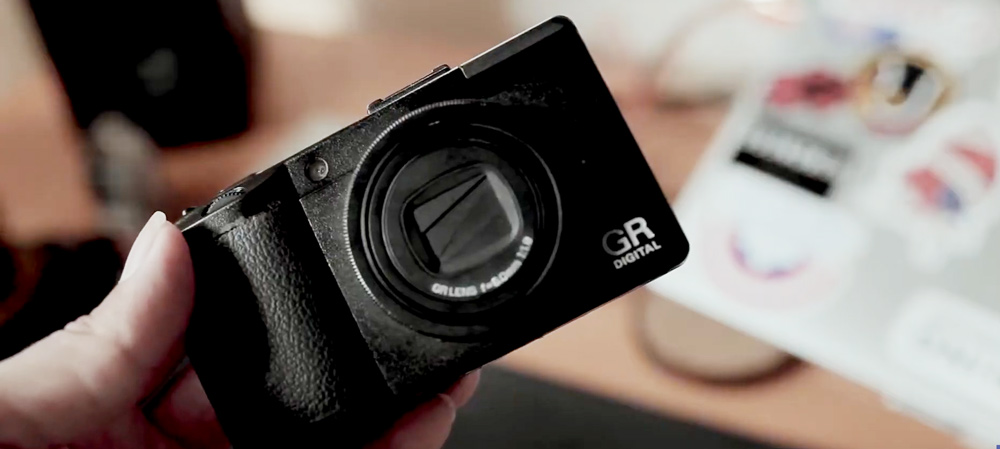
Using it is straightforward. The menus are clean, easy to navigate, and surprisingly deep if you want to dig in. You can set up snap focus distances, 1m, 2.5m, infinity, etc. which is great for street shooting. It’s fast. Not in a “blazing burst speed” way, but in a “you won’t miss your shot because of the camera” kind of way.
There’s also a level gauge, which sounds like a small thing, but it’s surprisingly helpful. It even beeps when you’re level, if you want it to.
Image Quality
This is still a small sensor camera. Don’t expect miracles in dynamic range or ISO performance, but it holds up better than you’d think. At ISO 800 and 1600, images still carry a lot of detail.
Noise is there, but it’s the kind of noise that adds texture rather than ruins the shot, especially if you turn off noise reduction, which I did. You can always add a little grain in post if you want it to feel more deliberate.
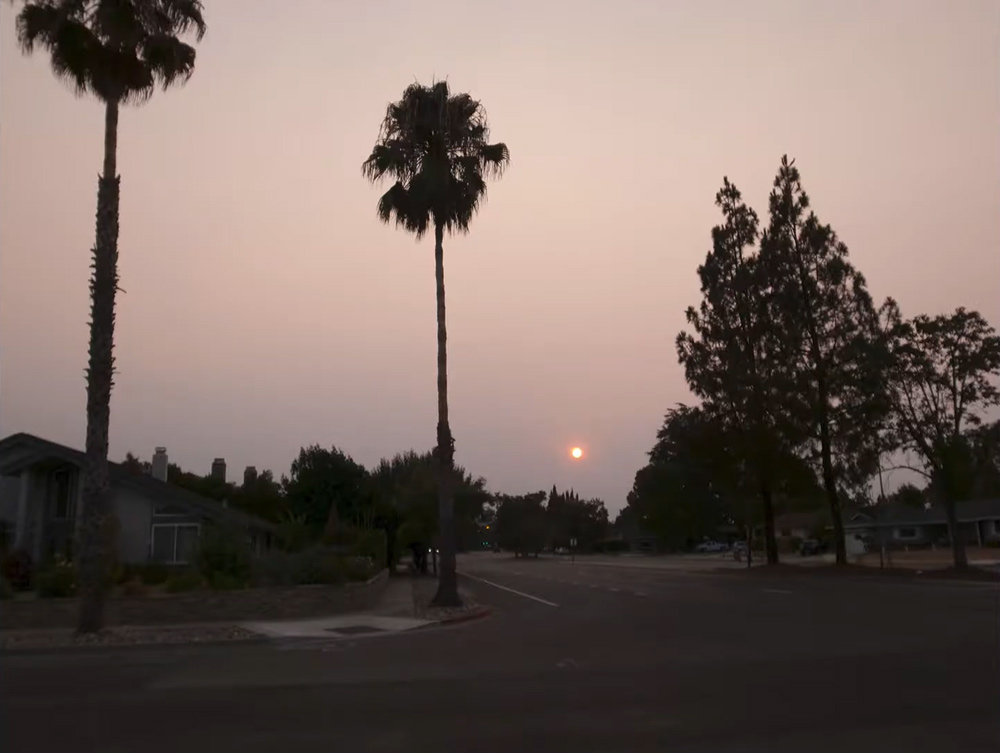
Out of camera JPEGs can be a bit flat. Not bad, just a little low on contrast. The black and white mode, for example, looks decent straight out, but it really comes alive if you tweak the contrast a bit or convert from RAW.
I used Alien Skin Exposure 3 for some of the black and white conversions, and the results were great, rich tones, clean highlights, deep blacks. But even the color files convert well. There’s enough detail and range to work with.
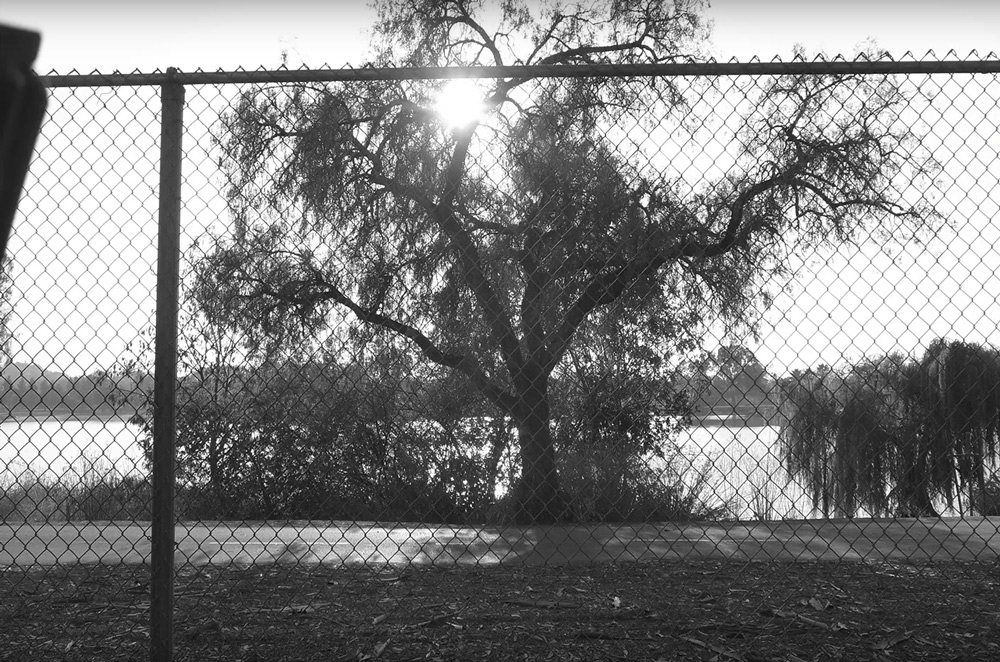
One thing I noticed: images from the GRD III look a bit less “digital” than other cameras in its class. Compared to something like the LX5 or S95, the Ricoh files feel more grounded. It’s subtle, but there’s a clarity to the rendering that I kept coming back to.
Modes That Don’t Suck
The GRD III has a few built-in effects modes, and surprisingly, they’re actually worth using. Cross process mode adds some strong color shifts and a touch of vignetting. It’s not overdone, and it can give your images a distinct feel without looking gimmicky.
High contrast black and white mode is another one I kept going back to. At max contrast, it can be too much, but dial it down a little and it becomes a nice option for quick dramatic looks.
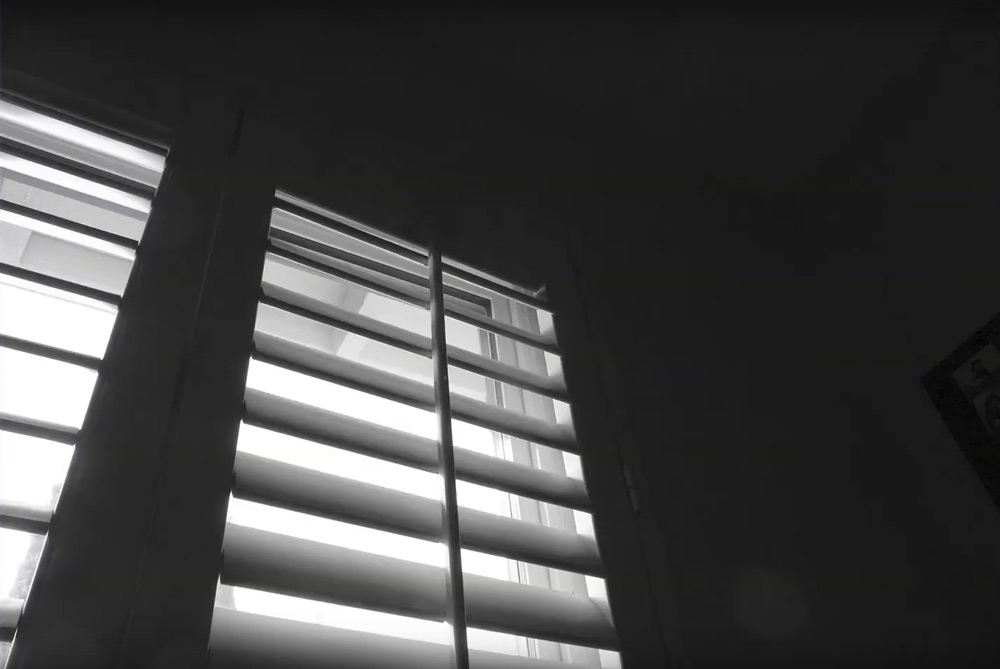
Even the HDR mode, usually a disaster on most compacts, is tastefully implemented here. It gives a gentle lift to shadows and holds onto highlights without that crunchy, fake HDR look.
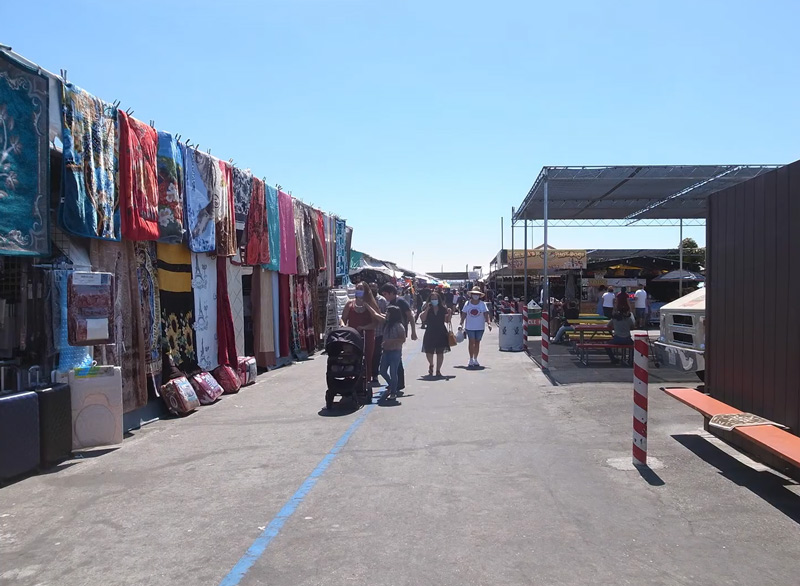
Also: 1:1 crop mode. Simple square format. Pair it with the cross process mode and you can make some really fun, moody images.
Lens and Optics
The 28mm equivalent f/1.9 lens is sharp, fast, and clean. There’s no zoom, it’s fixed, but that’s the point. You learn to see in 28mm, and it simplifies your shooting. Focus is quick and reliable, and the close-up macro mode actually gets you very close.
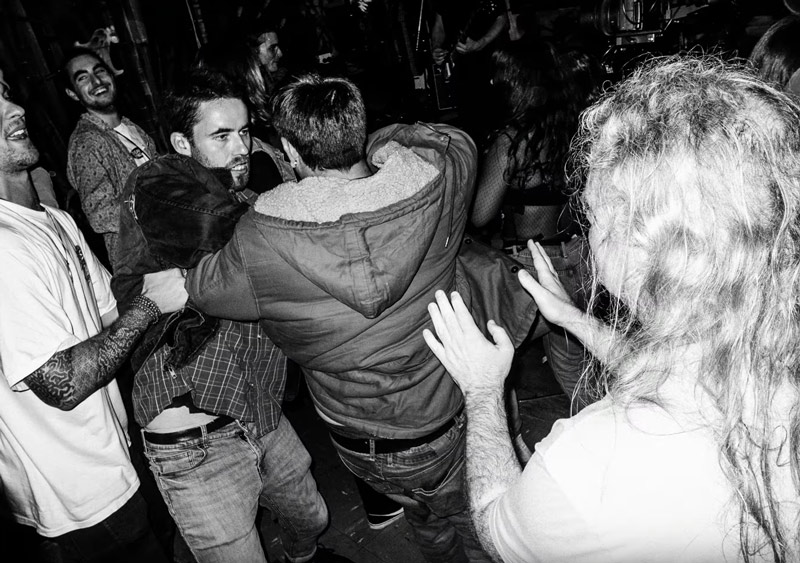
No image stabilization, which would’ve helped, but honestly, it didn’t feel like a major issue with this lens and sensor combo.
Snap Focus
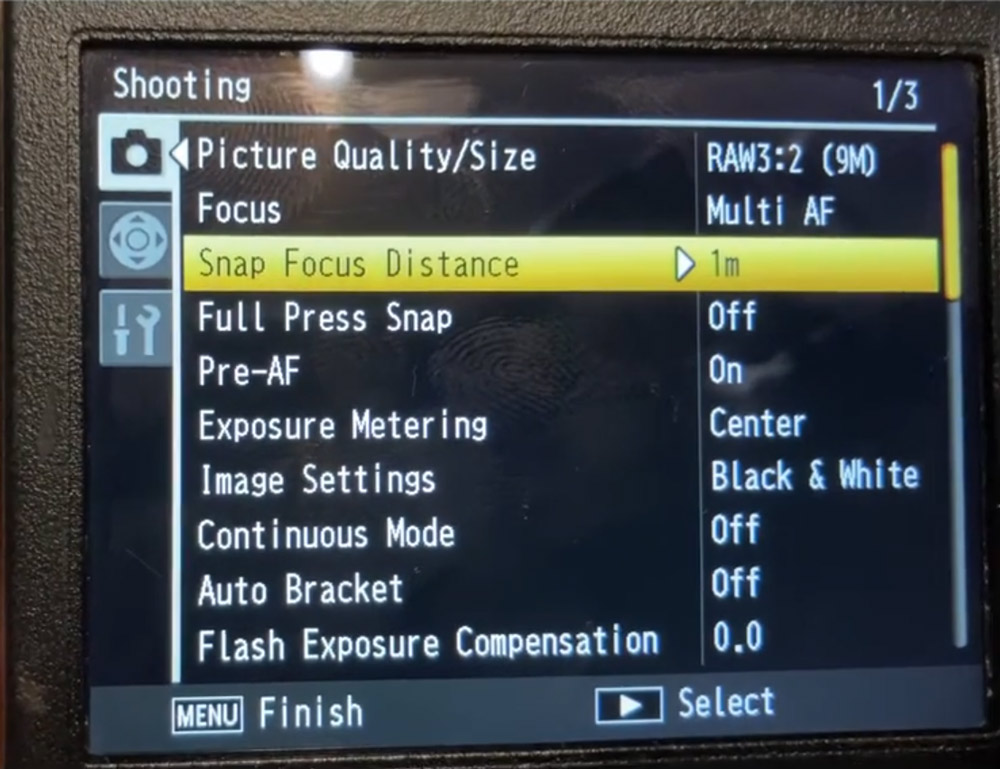
Snap focus lets you lock in a set focus distance so you can shoot instantly without waiting for autofocus. You just choose a distance, like 2 meters, and the camera snaps to it every time you press the shutter.
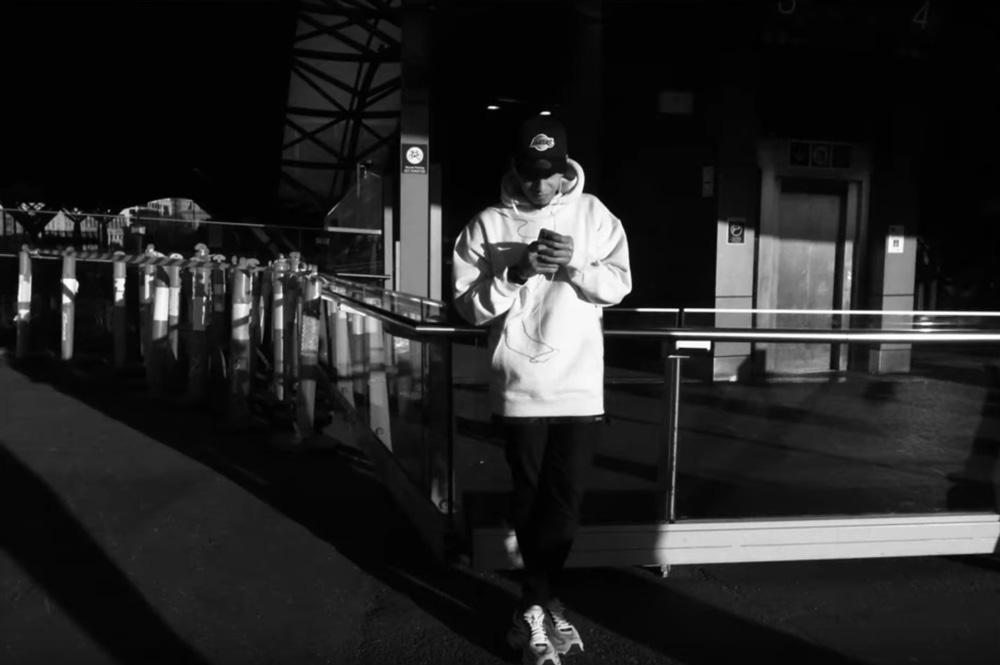
No lag, no hunting. It’s perfect for street photography where things move fast. Set it to around 2 meters at f/5.6 and most of your scene stays sharp. You don’t have to think, just point and shoot. It also works well for close-ups when you want to avoid autofocus slowing you down.
Macro Mode
The Ricoh GR Digital III isn’t built as a macro camera, but it does a solid job up close. In macro mode, you can focus as close as 6 cm. That’s enough to get right in on small details like flowers, watches, textures on walls and still keep the image sharp. It’s handy when you’re walking around and spot something interesting that deserves a closer look.

The f/1.9 lens handles close-up shots well. You get a nice depth of field and some blur behind the subject, but not over the top. The small sensor helps by keeping more in focus than a big sensor would at the same distance. It won’t give you that soft, creamy blur you see from bigger cameras, but the detail is crisp and the look has character.
Battery
Battery life on the GR Digital III is surprisingly solid. Despite being an older camera, it holds a charge well and doesn’t drain quickly, even with regular use. During my time with it, I never had to worry about the battery dying mid-day. I’d charge it up, go out shooting, and come back home with plenty of juice left. It’s the kind of camera you can trust for casual street sessions or a walk through the city without packing a spare.
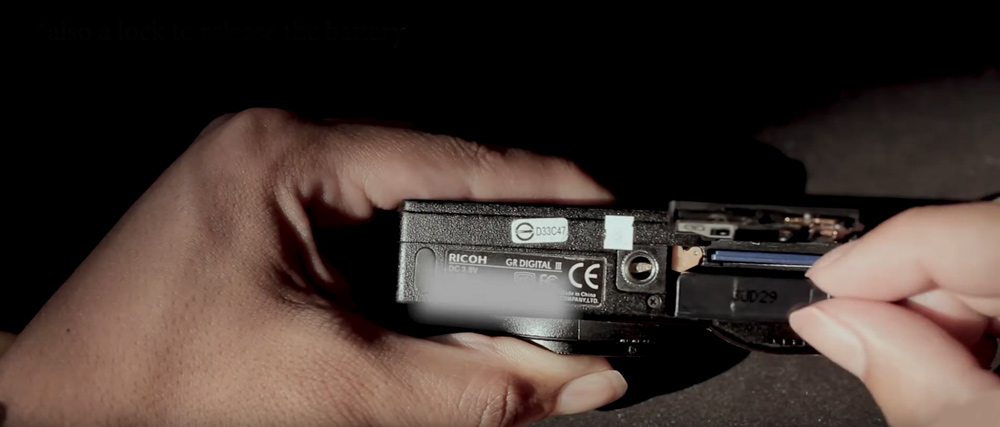
This isn’t one of those cameras where you have to baby the power settings or keep turning the screen off. You just use it, and it lasts. Nothing fancy here — it just works.
Video
Here’s the simple truth: if you care about video, look elsewhere. The GRD III does technically have a video mode, but it’s not good. No HD, no framerate options, no real control. It feels like the feature was added because it had to be, not because it was meant to do video well.
The footage is soft, noisy, and just generally not usable by today’s standards. Even for casual clips, your phone will easily outperform it in every way. This camera was clearly made for stills. And honestly, that’s fine, it knows what it’s built for.
Low Light
A: For a small sensor camera, surprisingly decent. You can shoot at ISO 1600 and still get usable results, especially in black and white. It’s not clean by modern standards, but the noise has a film-like look rather than the blotchy digital mess you sometimes see.
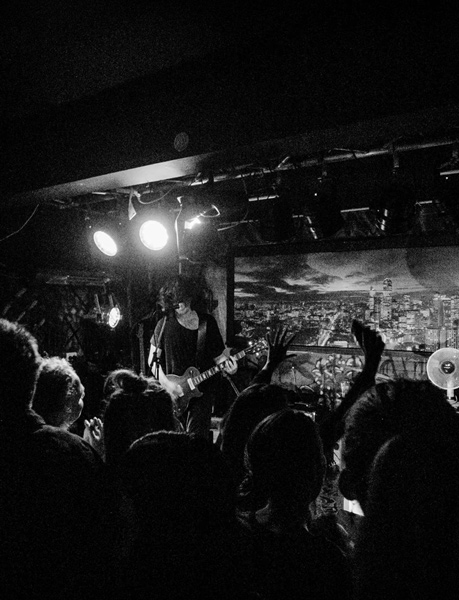
JPEGs will need a contrast boost, but RAW files hold up better and are easier to clean up. Just don’t expect miracles, it’s still a 2009 compact.
Real User Experiences with the Ricoh GR Digital III
This isn’t just a camera reviewers liked — real people have been using it for years, and they’ve got a lot to say. Here’s what stood out from user reviews and forum posts:
A Surprisingly Sharp Lens
The fixed 28mm lens is one of the camera’s best features. Many users were surprised at just how sharp their photos turned out, especially for a compact.
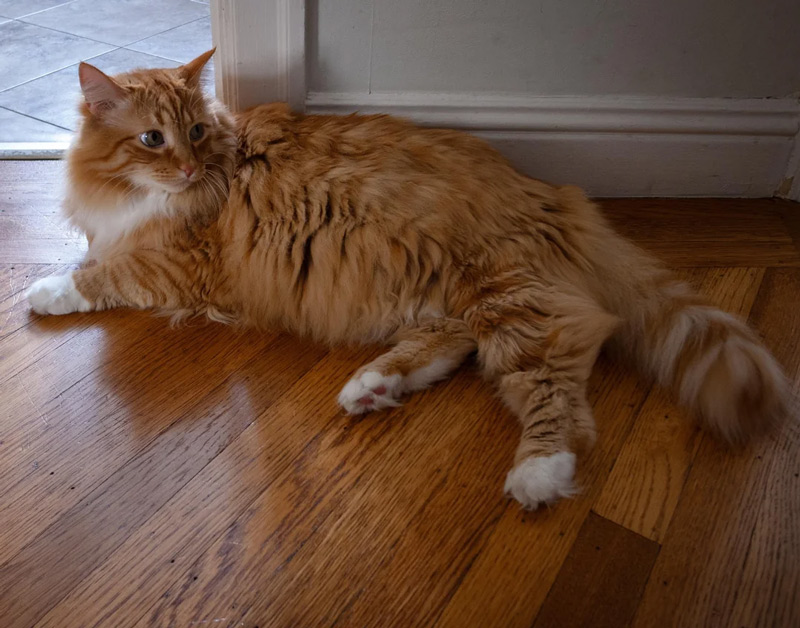
Some even stopped carrying their bigger cameras altogether — the GRD III gave them what they needed.
Low Light: Better Than You’d Think
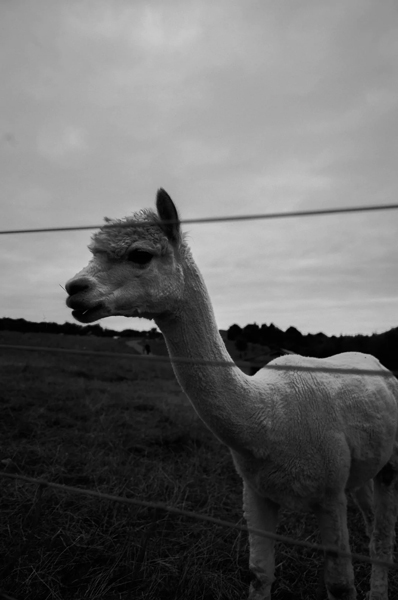
For a camera with a small sensor, it does alright in darker settings. Several people took it to bars, night streets, and parties, and came away impressed. At ISO 1600, the grain shows, but it’s the kind of grain that reminds you of film, not digital mush. You’ll get better results shooting RAW and exposing carefully.
Designed for People Who Actually Like Cameras
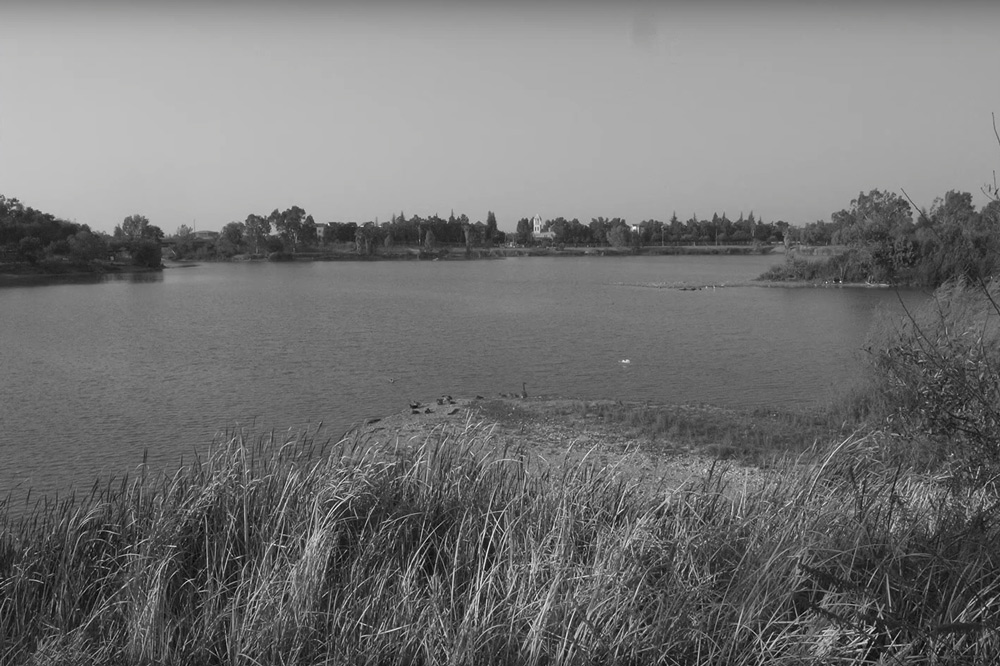
There’s no face detection. No scene modes. No gimmicks. And that’s exactly why people love it. Reviewers appreciated the manual controls, the snap focus mode (which is great for street shooting), and the thoughtful user interface that doesn’t get in your way. Some people think the interface the best in the market.
Not Flawless Physically
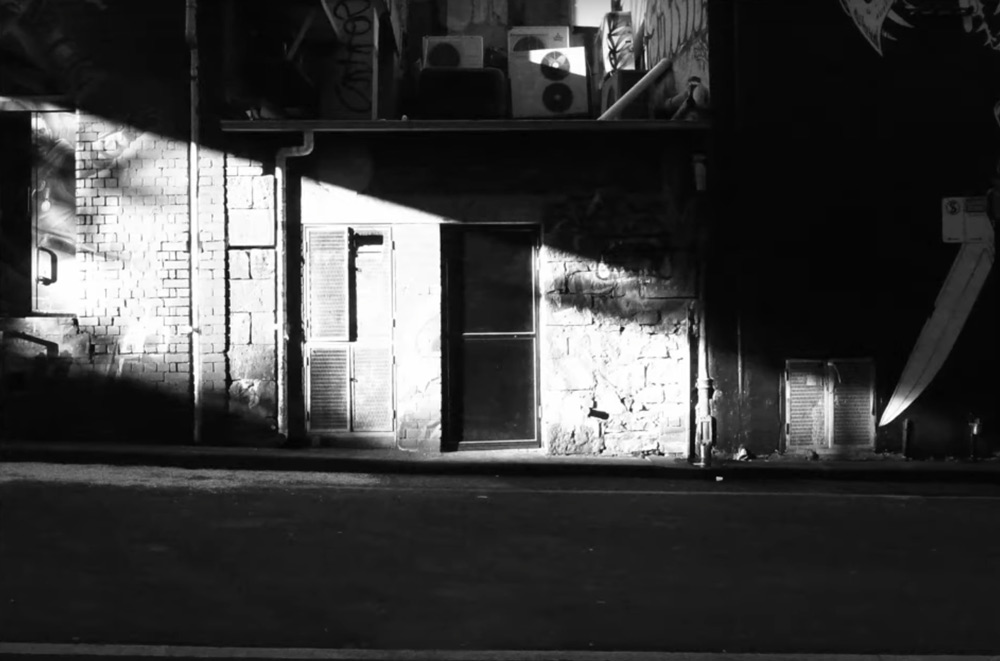
I found some issues with the build. The lens ring is known to fall off, and some accessories (like the optional viewfinder) don’t always sit as snugly as they should. That said, the body itself feels solid and well made, just be ready to do a little DIY if something loosens up.
A Camera That Makes You Want to Shoot
This one came up a lot: people say the GR Digital III just makes them want to take more photos. Some time people shot 1,500 images in a single week after getting the camera.
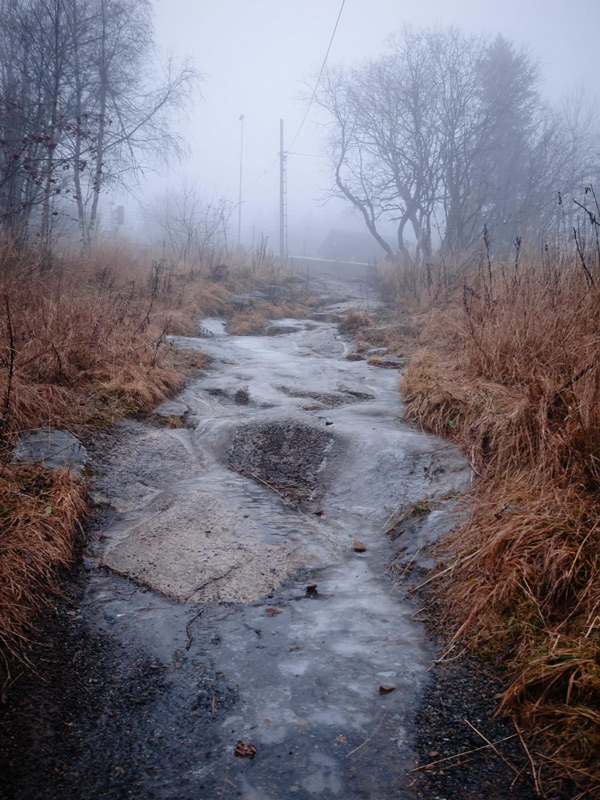
Others got into macro photography for the first time because of how easy and fun it was with the GRD III. It’s a camera that invites you to play.
A Quiet, Discreet Travel Companion
Whether it’s street photography or travel, the GRD III slips into a pocket and doesn’t draw attention.
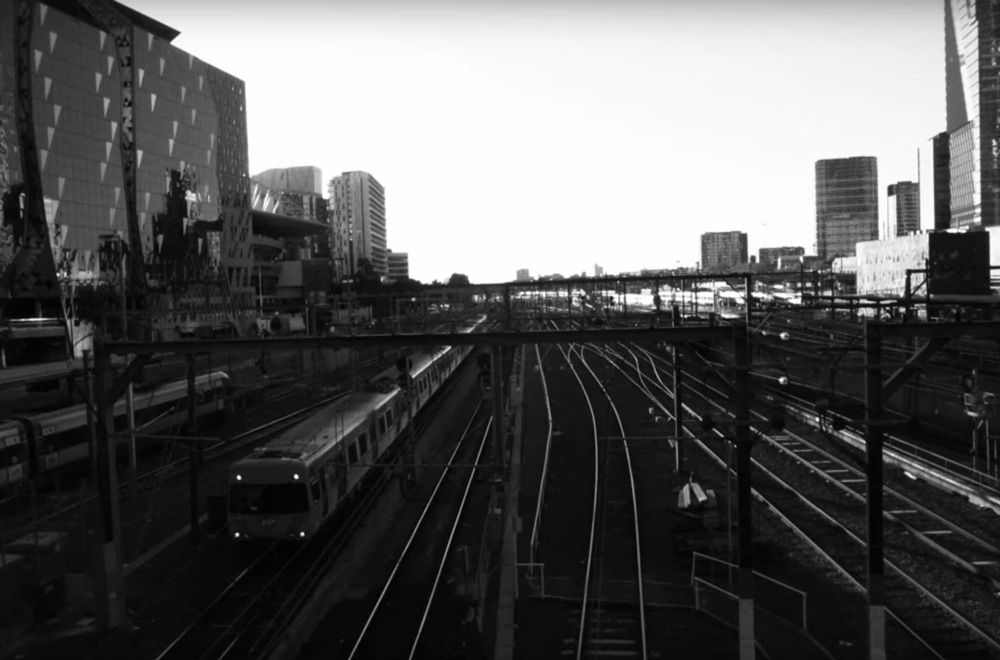
Several users took it on trips, one specifically mentioned using it all over Southeast Asia, and said it was ideal for candid moments. It’s not intimidating, and that goes a long way in some places.
Ricoh GRD III Issues:
LCD Damage in Heat or Age
“Ricoh GR III LCD Display”
If you’re buying used, keep an eye on the screen. I had an issue after moving to Australia. A white patch started showing on the LCD even though the camera was always in its case. It didn’t affect the photos, but it was annoying. Heat or age can wear these screens down. It’s not very common, but still something to check before buying.
Weird Sounds When Turning On or Off
“Concerns with GRD III”
When the lens extends or retracts, the camera makes a loud whirr. Mine sounded rougher over time but that seems pretty normal for this model. Still, if you’re buying secondhand and the sound feels too harsh, it’s fair to ask questions or try another copy.
GRD III vs Mirrorless Image Quality
“Which OM-D to Choose?”
I moved to a Micro Four Thirds setup for a while. Something more modern and flexible. But weirdly, I missed the GRD III. Even with better lenses and a bigger sensor, the files didn’t have the same look. The GR’s images had more grit and personality. It’s hard to explain, but I noticed the difference.
Flash Quirks (More Relevant to GR III, Not GRD III)
“Disable External Flash on GR III?”
This one is more about the newer GR III, but it’s worth comparing. The GRD III has a built-in flash and that’s it. No strange hotshoe behavior. I liked that. With the GR III, using an external flash felt clunky at times. If you’re switching between light setups, be ready to tweak things manually.e its modern sibling. Still, if you’re toggling between light setups often, expect some manual juggling.
Where to buy?
For those in the U.S. eyeing the GR III or IIIx (the newer APS-C models):
It’s not unusual to see them backordered. Try checking Ricoh’s U.S. site regularly: some people have reported getting lucky there. B&H Photo and Adorama also get occasional restocks. Facebook Marketplace can be hit or miss, but some have found great deals there. Twitter accounts like @CameraRestocks post alerts when stock pops up on major sites
General advice:
If you’re looking for the older GR Digital III or IV models, Japan remains the most common source. Look for listings that show the actual item, confirm shutter count if possible, and ask questions. For the newer GR III/IIIx, be patient, they come and go quickly but do show up outside of eBay and Amazon if you keep an eye out.
Pricing Tip: These cameras often show up mislabeled, people confuse GRD III with GR III (which is a much newer and more expensive APS-C model). Always double-check the product title, specs, and photos before buying. If a deal looks too good to be true, it probably is.
GRD III vs GR III: What’s it like to actually shoot with them?
GR Digital III (2009 model)
Shooting with the GRD III feels a bit like using an old film compact that just happens to shoot digital. It’s small, super light, and doesn’t try to do too much. It has a smaller sensor, so there’s not a ton of depth or dynamic range in the images, but it makes up for that with character.
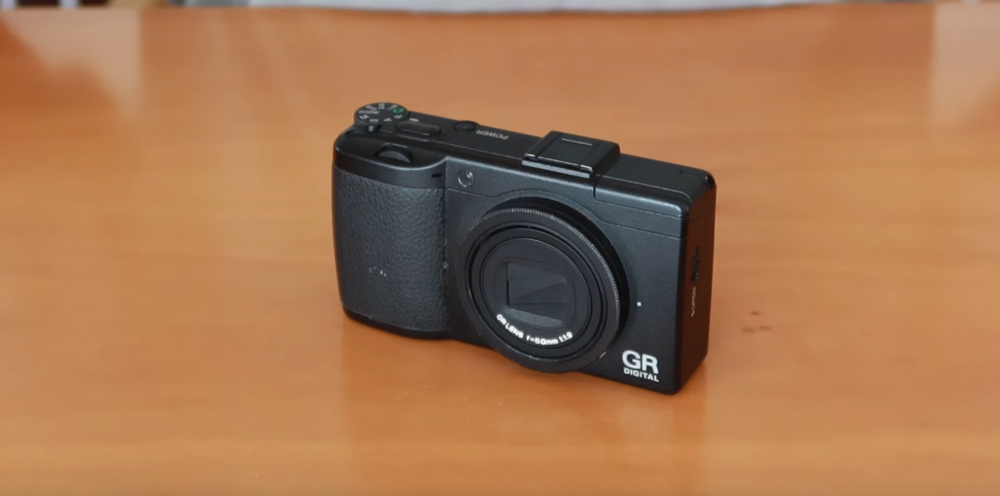
The lens is a 28mm equivalent and opens up to f/1.9, which helps in low light and gives you a bit of background blu, not a full blur like with a bigger sensor, but just enough to separate things a little. If you’re into black and white, this camera has a strong look, contrasty, sharp, and a little raw. Colors out of camera can look a bit flat, but they clean up nicely in post.
It doesn’t have fancy features. No video worth talking about, no image stabilization, and no zoom. But the camera is fast, easy to use, and reliable. You just point and shoot.
GR III (2019 model)
The GR III feels a lot more modern. It’s still small, but it has a big APS-C sensor inside, the same size as a DSLR or Fujifilm X100. That means better detail, better low light performance, and way more flexibility if you like editing your photos.

The 28mm lens on this one is f/2.8 not as bright as the f/1.9 on the GRD III, but paired with the bigger sensor, you still get cleaner images and more blur when you want it. The autofocus is quicker and there’s in-body stabilization, so you can shoot at slower shutter speeds without as much risk of blur. It also has a better screen, touchscreen controls, and it charges over USB-C, which is handy.
Color is stronger straight out of camera and there are more film-style presets built in. It’s still a simple camera at heart, just one that gives you a lot more to work with.
Final Thoughts
If you’re after something small and fun that feels a little lo-fi, the GRD III is still a great pocket camera, especially if you like street shooting or black and white photography. But if you want cleaner images, more editing power, and better overall performance, the GR III is the better camera, it just costs a bit more.
FAQs
When did the GR Digital III come out?
It was released in 2009.
Is the GRD III the same as the GR III?
No. The GRD III is an older camera with a small sensor. The GR III came out in 2019 and has a much bigger sensor (APS-C). The names are confusing, but they’re very different cameras.
What sensor does the GRD III have?
It has a 1/1.7-inch CCD sensor with 10 megapixels. That’s much smaller than the sensors in most modern cameras, but it gives the images a certain look — especially in black and white.
Can it shoot RAW?
Yes, and you should shoot RAW if you want the best results. JPEGs are usable, but tend to look flat or soft.
How’s the lens?
It has a fixed 28mm equivalent lens with an f/1.9 aperture. It’s sharp, fast, and does well in low light for its size.
Does it have zoom?
No. It’s a fixed lens camera, meaning no zoom. You move your feet if you want to get closer.
Is there image stabilization?
Nope. You’ll want to keep your shutter speed up to avoid motion blur, especially in lower light.
How’s the battery life?
Surprisingly good. It doesn’t chew through the battery like some newer compacts. You can usually get a few hundred shots on a charge.
Does it shoot video?
Technically, yes, but it’s not good. 640×480 at 30fps, no mic input, and not worth using unless you’re desperate.
Can I use it for street photography?
Absolutely. It’s quiet, fast, pocketable, and has snap focus modes, which are perfect for fast-paced shooting on the street.
How much does it cost today?
Prices vary depending on condition. You can usually find it used for under $300, sometimes even cheaper.
Who is this camera for?
Someone who wants a no-nonsense compact for everyday shooting, enjoys black and white, and doesn’t mind working with a small sensor. It’s not flashy, but it’s fun.

Leave a Reply